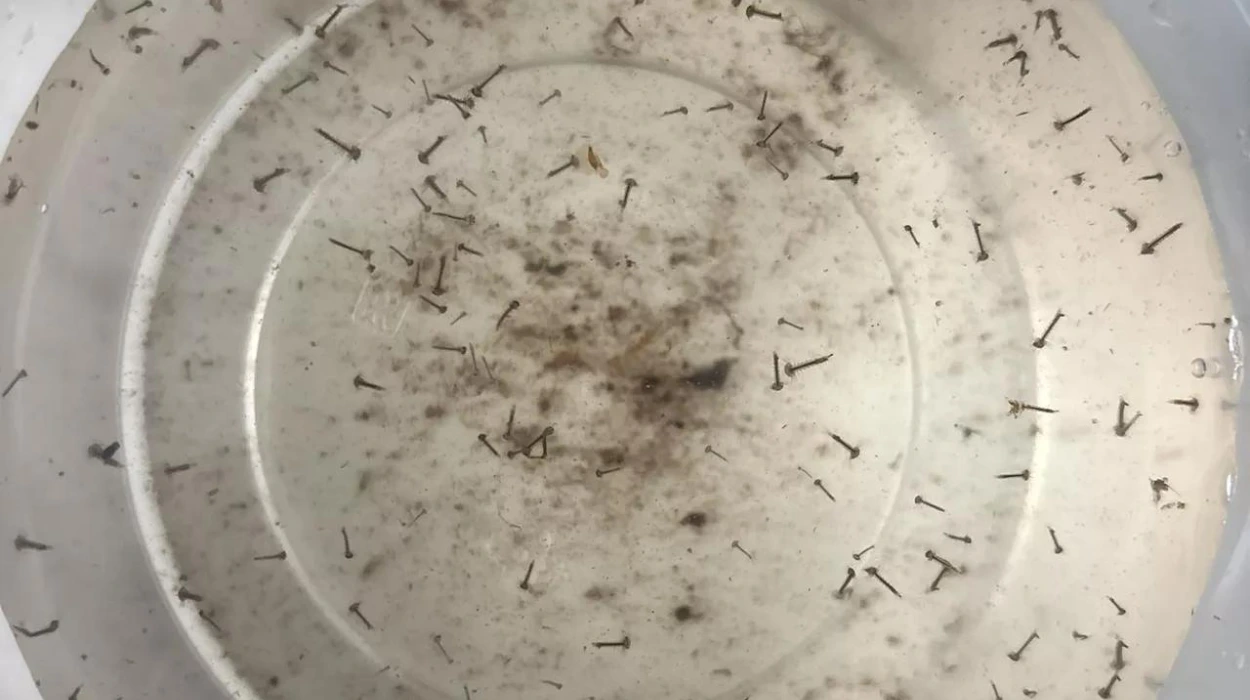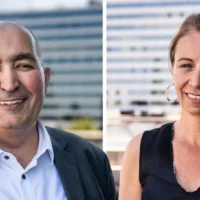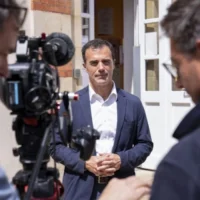Leuven (The Brussels Morning newspaper): Sciensano is launching a project to monitor mosquito species in Belgium seeking citizen help to collect larvae and eggs. The study aims to assess the risk of tropical viruses spreading due to climate change.
Sciensano Belgium’s health institute is starting a big project to monitor mosquitoes until October. They will collect mosquito larvae and eggs from different places and they need help from citizens. The goal is to find out which mosquito species are in Belgium and if they can carry tropical viruses. With climate change these viruses are spreading more so the study will check if they can grow in local mosquitoes and possibly infect people and animals. By looking at how mosquitoes interact with their environment Sciensano wants to understand the risks of new infectious diseases in Belgium. The information they gather will help them learn more about how mosquitoes behave as the climate changes. This will be important for creating plans to control and reduce the spread of diseases carried by mosquitoes.
How can people identify and manage mosquito larvae around their home?
Mosquito larvae live in still water that can be found around homes like in plant pots, rain barrels and any containers that hold water. These small creatures are usually less than a centimeter long and have long bodies divided into sections. People can easily spot them because they hang just below the water’s surface with their tails sticking up, using a tube-like part called a siphon to breathe. The best way to identify mosquito larvae is by watching how they move. They have a unique wriggling motion that looks like a wiggle or tail-head pattern. Because they live in still water it’s usually easy to find them. To stop these larvae from growing into adult mosquitoes it’s important to get rid of any standing water around your home.
It has been said that if you see mosquito larvae you can catch them with a scoop net and put them in a container with rainwater. It’s better to keep the container open so the larvae can breathe. Sciensano is asking people in Leuven, Edegem, and Wilrik to help because that’s where their researchers live.




